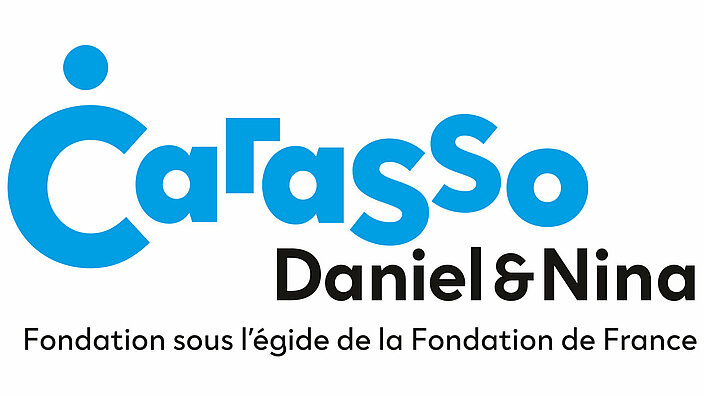Climate and Land Use Alliance
To achieve greatest impact on climate change, the California-based David and Lucile Packard Foundation has teamed up with other grant-makers.
A prominent example is the Climate and Land Use Alliance (CLUA), formed in 2010 by the Packard Foundation, the Ford Foundation, the Gordon and Betty Moore Foundation as well as ClimateWorks to align their somewhat differing goals in protecting and restoring forests.
CLUA illustrates that Networks are a funding strategy not just as they relate to collaborations between grantees but also in regard to Networks among funders.
Dr Walt Reid
Director, Conservation and Science (David and Lucile Packard Foundation)
Rationale
Working in Networks of funders means that resources are pooled, or grants are coordinated around a shared strategy to achieve a common funding aim more efficiently. First, for foundations working in coalition, the final impact is more significant than when they operate in isolation. Second, combining funders’ staff and organisational capacities enhances the overall expertise that goes into designing and implementing a funding programme. Third, different goals, perspectives, and values are brought into a coalition of funders as a protection against institutional bias and create a rich learning environment.
Application in Practice
Initially, the CLUA funders established a core secretariat, which has since grown to include initiative leads for priority regions and themes. These initiative leads work with member foundations to develop coordinated strategies for each region and theme. Regular meetings between programme officers from the individual foundations maintain the exchange of proposals and grant reports. The Alliance is governed by a Board composed of both funders and external experts.
Building upon the network of grantees, the Alliance is also bringing together stakeholders from the public and private sector to encourage an international community of advocates for the conservation and sustainable use of forests and land and the protection of the rights of forest-dependent communities.
Expected Results
On the ground, the CLUA has e.g. contributed to a 90 percent reduction of deforestation in Indonesia associated with palm oil over the past eight years. Different CLUA members and the CLUA secretariat have been supporting a range of funding strategies contributing to this: supply chain campaigns, protection of indigenous rights, policy advocacy, support to local governments and others.
But member foundations themselves have also benefited from the Alliance. Working in a Network has aligned funding strategies and improved technical and policy skills of the staff involved. In this sense, CLUA is a great starting point for member foundations to increase their individual support for this topic. What is more, CLUA has facilitated the entry of other funders into this funding topic.
Lessons learned
What has worked well?
- Align with funders that may not be focused on climate: In the case of CLUA, half of the original members were not focused on climate, but there was strong overlap in the type of work they were pursuing. Look for these overlaps and harness their potential to deliver climate benefits.
- Go beyond the ‘affinity group’ stage: Affinity groups are helpful to stay informed about the work of other funders, but their impact comes nowhere close to that of a tight alliance with coordinated strategies, extensive information sharing, robust strategic dialogue, and secretariat staffing.
What are opportunities for new funders?
- Fighting tropical deforestation: The CLUA donors are involved in launching an initiative (Forests for People and Climate) to help mobilise far more funding for this work by providing a mechanism for new funding to flow to high priority strategic needs.




